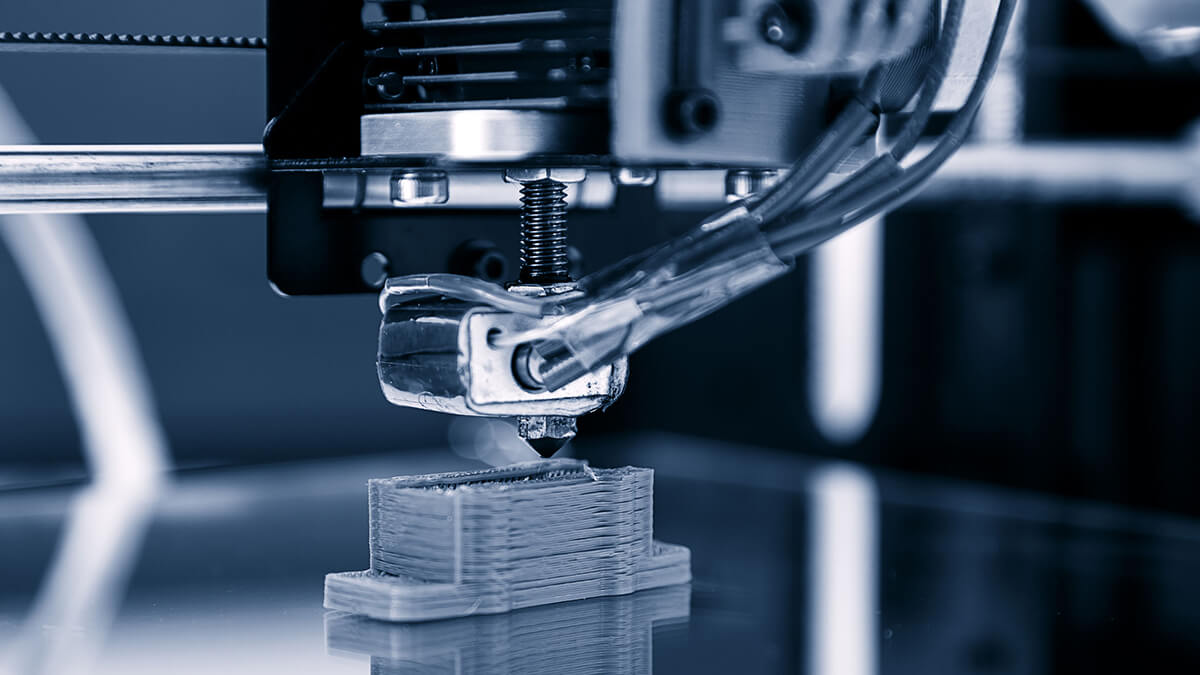- Showing results for
- Printing & Labeling Equipment
With the growing demand for doujinshi (self-published works), design collections, art portfolios, and brand-related cultural stickers, a new wave of publishing has emerged—making small-batch printing an increasingly vital tool for independent creators in the cultural and creative industries. In contrast to traditional printing’s large-volume requirements and lengthy lead times, today’s creators and consumers are leaning toward printing solutions that are fast, flexible, and highly customizable.
2025-08-08 14:22:11
With over 30 years of experience, Wan Feng Enterprise specializes in sticker and label printing. By combining traditional offset printing with cutting-edge digital technologies, the company has become one of the few in Taiwan capable of handling both variable data printing and cold-chain packaging requirements.
2025-08-07 15:36:08
3D printing technology has revolutionized the way industries approach manufacturing, especially when it comes to prototyping. Before its introduction, the process of creating prototypes was often time-consuming, costly, and resource-intensive. Traditional methods involved manual machining or molding, which required significant lead times and extensive human labor. With the arrival of 3D printers, designers and engineers found an efficient solution to rapidly create physical models from digital designs. This innovation allowed for faster iteration and improved communication between teams, ultimately speeding up the development cycle and reducing costs. Over time, 3D printing has not only enhanced prototype creation but has also expanded into full-scale manufacturing, enabling new possibilities for production across various industries.
2025-02-03 14:37:01
Remanufactured laser printer cartridges present a viable, eco-friendly alternative to traditional OEM cartridges, offering both environmental and economic benefits. Through innovations in remanufacturing technology and improvements in quality standards, these cartridges provide a sustainable choice for high-quality printing solutions.
2024-12-24 16:22:07
In the printer cartridge industry, competition is extremely intensive, and the quality varies extensively. Choosing a reliable manufacturer who understands not only the technical side of manufacturing but also the legal aspects of intellectual property (IP) is crucial. Cartridge Web’s expertise in the industry ensures that their cartridges are of the highest quality and do not infringe on OEM patents, allowing them to be confidently sold in the market.
2023-12-07 11:28:15
As the utilization of 3D printing expands across the broader spectrum of industrial manufacturing, the significance of this technology extends beyond its role as a rapid prototyping tool. This article provides an overview of the applications of 3D printing in the fabrication of molds and dies for processes such as injection molding and die casting.
2023-11-24 14:52:44
The worldwide manufacturing sector is shifting toward smart manufacturing, with Industry 4.0 leading the way by promoting greater efficiency, reduced costs, and intelligent, adaptable production processes. The nine key technologies of Industry 4.0 encompass Big Data, Layered Manufacturing, Cloud Technology, Automation, System Integration, Internet of Things, Cybersecurity, Augmented Reality, and Simulation.
2023-11-03 13:57:30
Additive manufacturing is playing an increasingly important role in the manufacturing industry and is mainly used in toolmaking and prototype construction.
2023-10-12 13:43:06
3D printing is a type of additive manufacturing that subverts the thinking of scrap manufacturing in traditional industries.
2023-06-09 13:19:29
Selective laser sintering is an additive manufacturing technology that sinters small particles of polymer powder into a 3D three-dimensional structure through high-power laser light; thus, this is also called selective laser sintering 3D printing, or SLS 3D printing.
2023-03-16 15:33:33
With the rapid advancement of science and technology, 3D scan technology has also developed. Through the light source, light with a special structure is projected onto the surface of the object, and digital information is obtained through computer calculation. The versatile 3D scan technology is gaining popularity.
2022-09-05 16:41:07
Pad printing refers to a printing method that can print an image onto objects with irregular surface. An image is first photo-burned into the substrate of a copper or steel plate. Ink is placed onto the image on the plate, and the image is transferred onto a silicone rubber printing head. The printing head then transfers the ink to the item to be printed completing the printing transfer process.
2022-05-03 14:07:37
Selective laser sintering is an additive manufacturing technology that sinters small particles of polymer powder into a 3D three-dimensional structure through high-power laser light; thus, this is also called selective laser sintering 3D printing, or SLS 3D printing.
2021-09-09 10:54:53
Water transfer printing technology (WTP) can be applied to various materials and objects through the technology of printing pictures and texts on planes and transferring three-dimensional curved surfaces through the application of water.
2021-07-19 13:54:56
The printing industry is very complex. It not only has many internal sub-industries but also involves many upstream and downstream related industries. It can be said that it is a huge industry system. The printing industry has a long history of development. Starting from the invention of printing in ancient China, printing technology has continued to innovate, forming a large industry, which we are almost engaged every day. Digital printing, 3D printing, other new emerging printing technologies will overturn and play new roles in printing industry markets.
2021-06-18 13:05:55
The world is poised to change forever with the implementation of fifth-generation connectivity for data networks across the world. 5G has been promised to be the savior to any connectivity problems we've had in the past and it's also been highlighted as a path towards a fully wireless future.
2020-11-03 15:48:03
3D printing technology has been widely used in recent years, and it has also allowed the manufacturing industry to evolve into a "smart" manufacturing industry, which can achieve the large output value with the less manpower.
2020-07-24 13:54:14
Additive manufacturing has a great future ahead of it. The current development of additive manufacturing has already surpassed the predictions made in studies carried out in previous years. Renowned research institutions such as ETH Zurich are convinced that 3D metal printing will become increasingly important in mechanical engineering and toolmaking.
2020-07-03 13:11:28
Additive manufacturing is playing an increasingly important role in the manufacturing industry and is mainly used in toolmaking and prototype construction.
2020-07-03 11:37:37
In healthcare, 3D bioprinting is used to create living human cells or tissue for use in regenerative medicine and tissue engineering.
2020-06-04 14:40:18
Agree




















